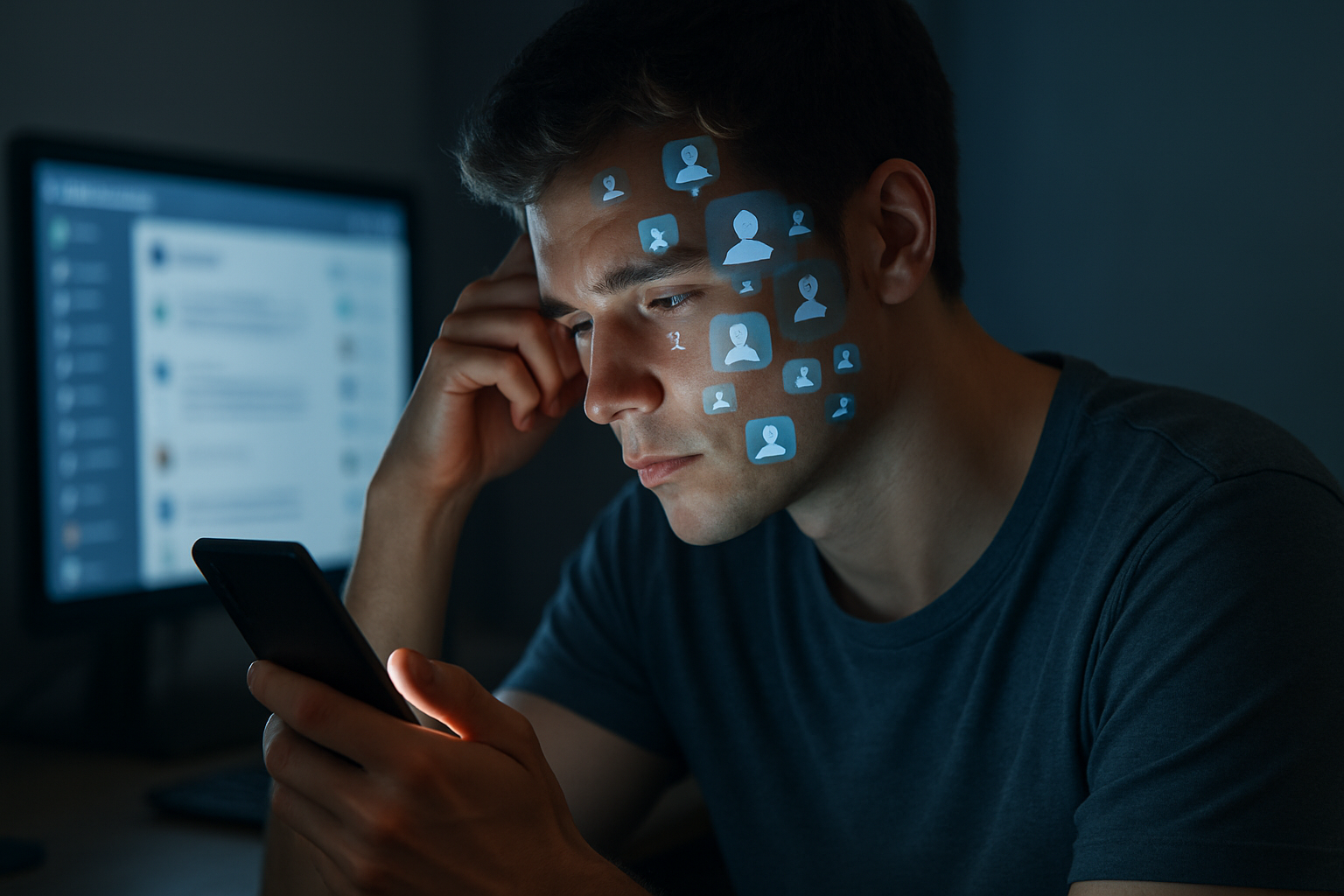Anxiety in the Digital Age: New Challenges and Solutions
Anxiety disorders have become increasingly prevalent in modern society, with the rapid pace of technological advancement and constant connectivity playing a significant role in exacerbating stress and worry for many individuals. The digital age has brought about unprecedented changes in how we communicate, work, and live our daily lives, creating new sources of anxiety that were unimaginable just a few decades ago. From social media-induced FOMO (fear of missing out) to the pressure of always being available, the constant influx of information and stimuli can overwhelm even the most resilient minds. This article explores the unique challenges posed by digital-age anxiety and offers insights into effective coping strategies for navigating this complex landscape.

Furthermore, the ability to be constantly connected has created an expectation of immediate responsiveness, leading to a sense of always being “on call.” This perpetual state of alertness can trigger the body’s stress response, leading to chronic anxiety and its associated physical symptoms. The digital age has also given rise to new phobias, such as nomophobia (the fear of being without one’s mobile phone) and cyberchondria (the tendency to excessively research health information online, leading to increased anxiety about one’s health).
The Neuroscience of Digital Anxiety
Recent neuroscientific research has shed light on how digital technology affects our brains and contributes to anxiety. Studies have shown that the constant switching between tasks and the multitasking demanded by our digital devices can lead to decreased attention spans and increased stress levels. The dopamine-driven feedback loops created by social media likes and notifications can become addictive, leading to compulsive checking behaviors that further fuel anxiety.
Moreover, the blue light emitted by screens has been found to disrupt circadian rhythms, affecting sleep patterns and potentially exacerbating anxiety symptoms. The brain’s plasticity allows it to adapt to the demands of the digital world, but this adaptation may come at the cost of reduced ability to focus deeply and engage in sustained, anxiety-reducing activities like meditation or deep reading.
Digital Detox: A Growing Movement
In response to the mounting evidence of digital technology’s negative impact on mental health, a growing movement advocating for “digital detox” has emerged. This approach encourages individuals to periodically disconnect from their devices and online platforms to reconnect with the physical world and their inner selves. Digital detox can take many forms, from simple practices like designating device-free times or areas in the home, to more extreme measures like attending digital detox retreats where all technology is banned for the duration of the stay.
Proponents of digital detox argue that stepping away from constant connectivity allows the mind to rest and reset, reducing anxiety and improving overall well-being. However, critics point out that complete disconnection is often unrealistic in today’s interconnected world and that learning to manage digital engagement in a healthy way may be more beneficial than attempting to avoid it entirely.
Mindfulness and Technology: Finding Balance
Rather than viewing technology as an inherent enemy of mental health, many experts advocate for a more nuanced approach that incorporates mindfulness practices into our digital lives. Mindfulness, the practice of being fully present and engaged in the current moment, can be a powerful tool for managing anxiety in the digital age. By cultivating awareness of our digital habits and their impact on our mental state, we can make more conscious choices about how and when we engage with technology.
Techniques such as mindful browsing, where one sets clear intentions before going online and remains aware of their emotional state throughout the experience, can help mitigate the anxiety-inducing effects of digital engagement. Additionally, mindfulness apps and online meditation resources have paradoxically become valuable tools for many in managing digital-age anxiety, demonstrating that technology itself can be part of the solution when used mindfully.
The Role of Digital Literacy in Anxiety Management
As our lives become increasingly intertwined with digital technology, the importance of digital literacy in managing anxiety cannot be overstated. Digital literacy goes beyond mere technical proficiency; it encompasses the ability to critically evaluate online information, understand the mechanisms behind social media algorithms, and recognize the potential psychological impacts of digital engagement.
Educating individuals, particularly young people, about healthy digital habits and the importance of maintaining a balanced relationship with technology can serve as a preventative measure against digital-age anxiety. This includes teaching strategies for fact-checking information to combat the anxiety caused by online misinformation, as well as fostering an understanding of how social media platforms are designed to capture and hold attention, often at the expense of users’ mental well-being.
Embracing Technology While Preserving Mental Health
As we continue to navigate the complexities of the digital age, it is clear that anxiety will remain a significant challenge for many. However, by understanding the unique stressors posed by our increasingly connected world and developing strategies to manage them, we can work towards a healthier relationship with technology. The key lies in finding a balance that allows us to harness the benefits of digital innovation while preserving our mental well-being.
By incorporating mindfulness practices, engaging in periodic digital detoxes, and improving our digital literacy, we can cultivate resilience against digital-age anxiety. As research in this field continues to evolve, new insights and strategies will undoubtedly emerge, offering hope for those struggling with anxiety in the digital era. Ultimately, the goal is not to reject technology outright, but to learn how to engage with it in a way that enhances rather than detracts from our mental health and overall quality of life.




